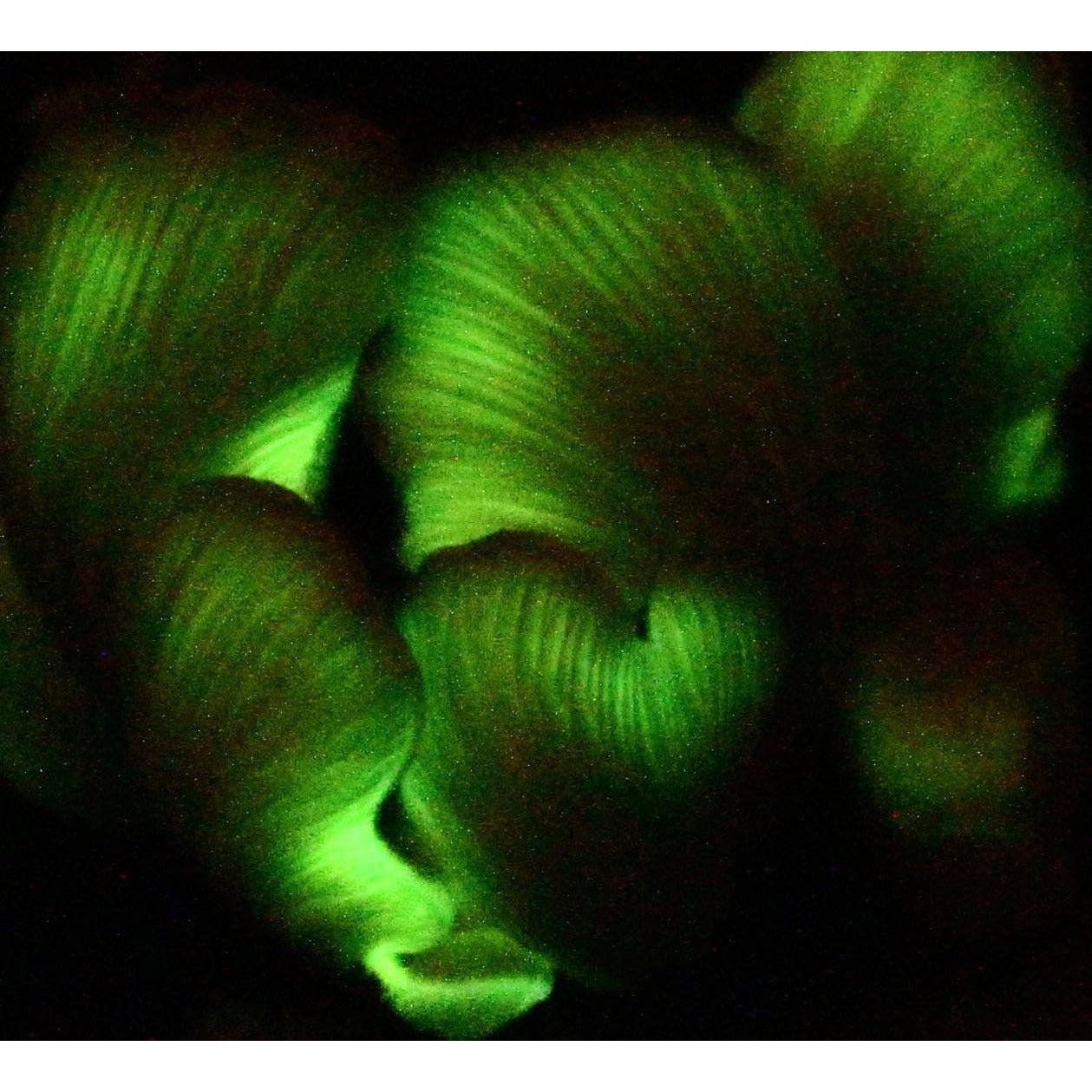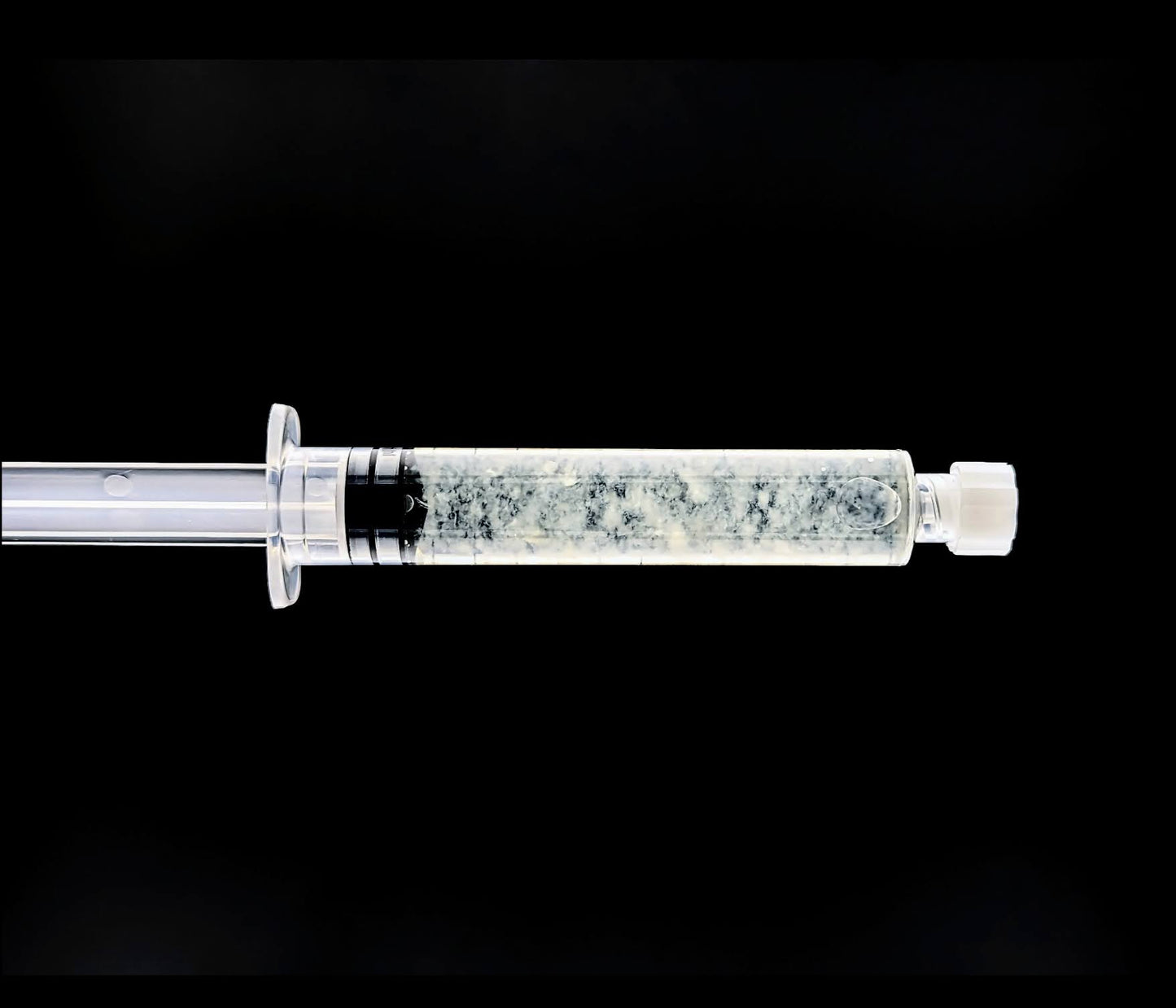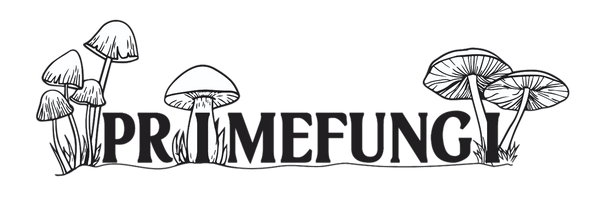Prime Fungi
Armillaria nabsnona Western Honey Mushroom Bioluminescent species
Armillaria nabsnona Western Honey Mushroom Bioluminescent species
Couldn't load pickup availability
Western Honey Mushroom Bioluminescent species
Armillaria nabsnona
10 cc/ml liquid fungi mycology culture syringe with a sterile needle.
Armillaria nabsnona Western Honey Mushroom, rare bioluminescent wood decay fungus for forest cultivation and mycological research
Armillaria nabsnona, commonly known as the Western honey mushroom, is a rare bioluminescent fungal species native to the Pacific Northwest and coastal forests of North America. It belongs to the Armillaria genus, which includes wood-decomposing fungi known for their extensive underground networks and critical role in forest ecosystems. What sets Armillaria nabsnona apart is its ability to produce a natural green glow from its mycelium, making it a fascinating subject for research, forest installations, and educational displays.
This species grows on hardwood logs, buried roots, and stumps, typically in cool, moist environments. The fruiting bodies form in clusters and display honey to amber hues with gilled undersides and fibrous stems. While the mushrooms themselves do not glow, the mycelium emits visible bioluminescence in complete darkness, especially when grown on wood-rich substrates.
Key features:
-
Species: Armillaria nabsnona, also known as Western honey mushroom
-
Type: Liquid mushroom culture in sterile nutrient solution
-
Bioluminescent trait: Mycelium glows with a faint green light in dark conditions
-
Ideal for: Hardwood logs, forest beds, buried wood substrates, bioluminescent exhibits, and mycological research
-
Habitat: Commonly found on decaying hardwood in coastal and temperate forests
Why grow Armillaria nabsnona:
-
Rare bioluminescent species native to North America
-
Excellent for ecological and educational forest projects
-
Can be used in natural glow-in-the-dark garden installations and nature trails
-
Contributes to wood decomposition and soil enrichment in forest ecosystems
-
Valuable for studying fungal communication, decomposition cycles, and bioluminescent biology
How to use:
Inoculate sterilized grain with Armillaria nabsnona liquid culture. Once colonized, apply the grain spawn to hardwood logs, forest debris, or buried wood in shaded, moist environments. Bioluminescence from the mycelium may become visible in total darkness once the network is well established. Fruiting may occur under natural environmental triggers such as seasonal changes, humidity, and temperature.
Armillaria nabsnona Western honey mushroom is an exciting choice for fungal researchers, forest gardeners, educators, and anyone interested in the mysterious glow of bioluminescent fungi. Whether for scientific study, artistic installations, or forest biodiversity, this species brings natural light and ecological depth to any project.
*instructions are not included, please thoroughly research growing conditions and techniques.
Share




